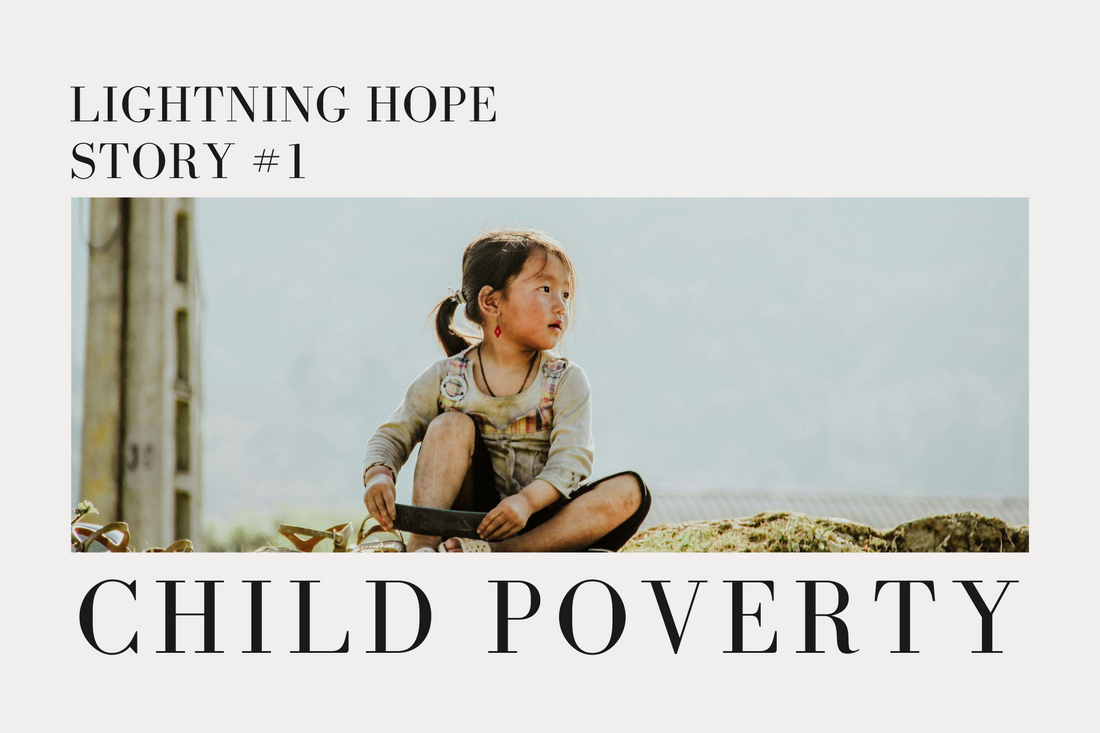
Child poverty and Japan's efforts to address it
Share
What is child poverty?
Child poverty is not just an economic issue: it is the multifaceted social, educational and psychological barriers children face. It refers to children having limited access to the resources and opportunities they need to lead healthy and fulfilling lives.
Defining child poverty
There are two types of child poverty: relative poverty and absolute poverty. Relative poverty refers to a situation in which a child is forced to live a life that is significantly lower than the average standard of living in their society. Absolute poverty refers to a situation in which a child lacks even the minimum resources to meet basic human needs.
Comparison of child poverty rates in Japan and other major countries
The child poverty rate in Japan is high compared to other major countries. According to data from the Organization for Economic Cooperation and Development (OECD), Japan's relative child poverty rate is approximately 11.5%, which is one of the highest among OECD member countries.
The current state of child poverty and its social impact

Nippon Foundation Research and Report Summary
Research by the Nippon Foundation has revealed how child poverty has serious, multifaceted effects, including unequal educational opportunities, health problems, and social isolation, which can have long-term effects on children's futures.
Estimating social losses and the issue of educational inequality
Child poverty also brings about economic losses to society as a whole. Educational disparities can prevent talented children from realizing their full potential, leading to a decline in productivity across society.
The reality of children who can no longer live with their parents due to poverty
Economic hardship often leads to the breakdown of families and children entering foster care, where they suffer the psychological effects of separation from their parents and the social stigma.
Causes and chains of child poverty
The mechanism behind intergenerational transmission of poverty
Poverty tends to be passed down through generations: poor parents are less able to invest in their children's education, which creates a cycle that limits their children's future earning opportunities.
The mechanism by which economic disparities within families create disparities in children's abilities
A family's economic situation has a significant impact on a child's learning environment and access to education. Children from economically disadvantaged families have limited opportunities to participate in education and leisure activities, which creates an ability gap.
The growing impact of the COVID-19 pandemic
The COVID-19 pandemic has exacerbated the issue of child poverty. School closures and the deterioration of parents' employment situations are affecting children's learning opportunities and psychological well-being.
Combating Child Poverty in Japan
Details of financial and educational support provided by the national and local governments
The Japanese national and local governments are addressing child poverty through financial and educational support programs, including providing child allowances, free school meals, and learning support.
Support activities by NPOs and local communities
Many NPOs and local communities support children and their families by running children's cafeterias, providing learning support, providing a place for them to go, etc. These activities aim to provide support rooted in the local community and create an environment where children can grow up safely.
The Children's Aid Association's approach and corporate initiatives
Children's Aid Associations and some companies are taking concrete steps to support these children, such as providing educational programs, scholarships, and creating employment opportunities, with the aim of helping these children become independent and active members of society in the future.
What can we do?

Introducing donations and volunteer activities
Each of us can contribute to solving the problem of child poverty by making donations and participating in volunteer activities. There are various ways to get involved, such as helping run children's cafeterias, volunteering to provide study support, and planning and running events.
National Movement to Support Children's Future and its Activities
There are also national movements to support children's futures, and participating in these movements can lead to concrete support for children and a change in awareness throughout society. These movements are engaged in a wide range of activities, including advocating for children's rights, providing educational opportunities, and supporting poor families.
The relationship between child poverty and the SDGs
The issue of child poverty is directly linked to achieving the Sustainable Development Goals (SDGs). In particular, resolving child poverty is one of the important pillars of the SDGs, including eradicating poverty (Goal 1), ensuring quality education for all (Goal 4), and reducing inequality (Goal 10). Let's not forget that our daily actions and awareness contribute to achieving these goals, and act towards the realization of a sustainable society.

